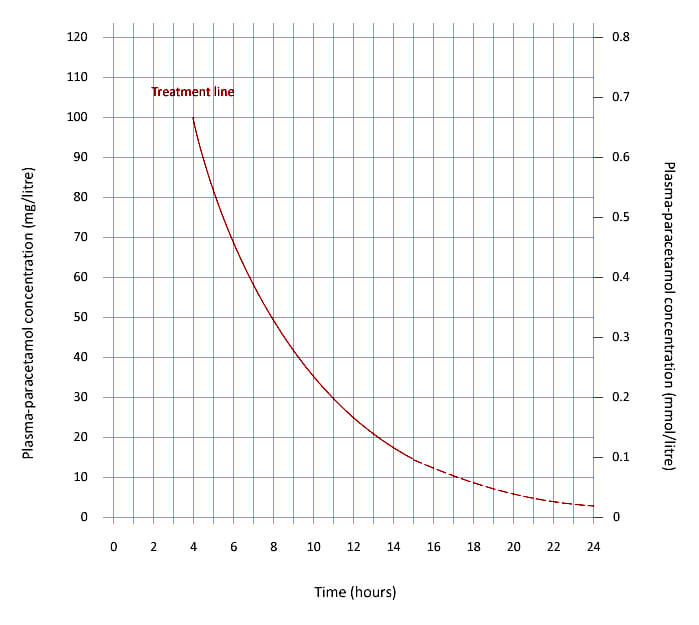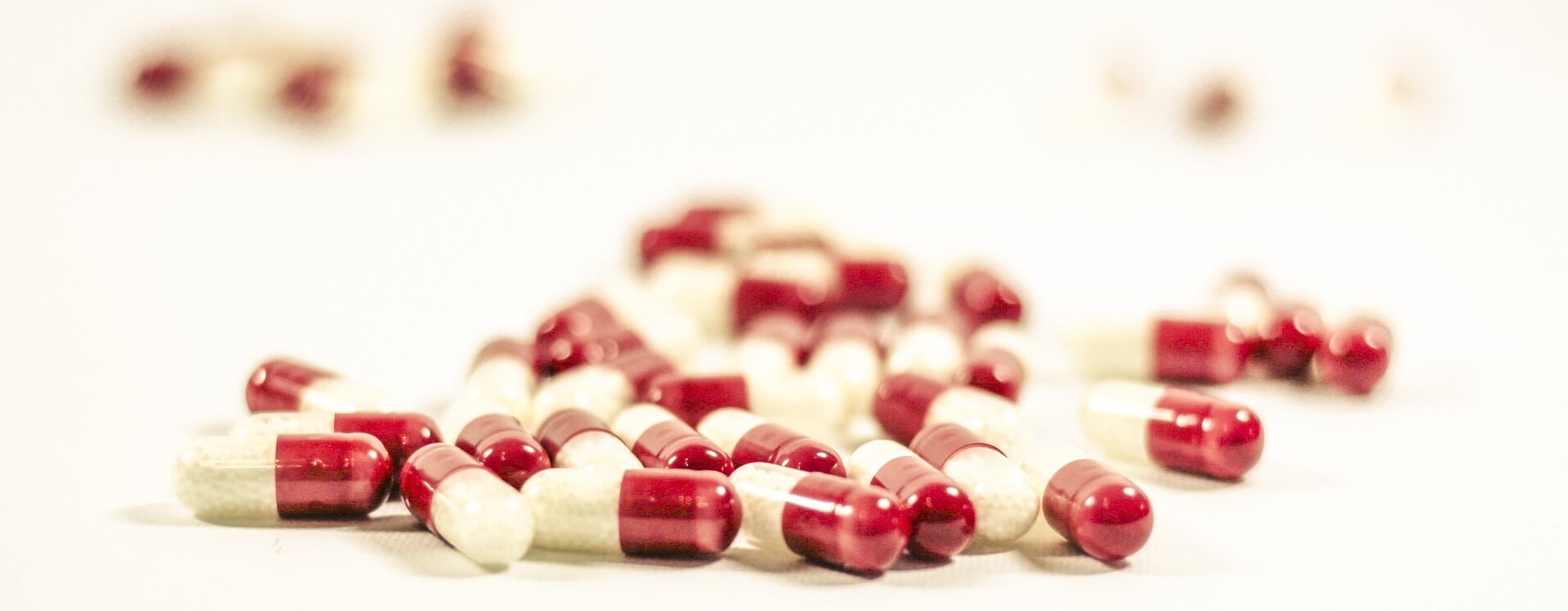Show Answer
Paracetamol overdose is the most common overdose in the U.K. and is also the commonest cause of acute liver failure.
The liver damage is caused by a metabolite of paracetamol, N-acetyl-p-benzoquinoneimine (NAPQI), which depletes the livers stores of glutathione and directly damages liver cells. An overdose of greater than 12 g or > 150 mg/kg body weight may cause severe liver damage and death.
Show Answer
The clinical features of paracetamol overdose occur in 4 stages:
Stage 1 (0-24 hours):
Patients can be asymptomatic.
Nausea, vomiting and abdominal discomfort are common
Stage 2 (24-48 hours):
Right upper quadrant pain and tenderness develop
Hypoglycaemia and reduced conscious level can occur
Stage 3 (48-96 hours):
Hepatic failure starts (jaundice, coagulopathy, encephalopathy)
Loin pain, haematuria, and proteinuria suggest incipient renal failure
Stage 4 (> 96 hours)
Progressively worsening hepatic failure
Cerebral oedema, DIC and death
Show Answer
Show Answer
The mainstay of treatment of paracetamol overdose is acetylcysteine. Acetylcysteine is a very effective antidote but its effectiveness declines rapidly if started > 8 hours after a significant ingestion. All ingestions > 75 mg/kg are considered to be significant.
Acetylcysteine should be administered based on a 4 hour level or given empirically if presentation is > 8 hours after a significant overdose. If the overdose is staggered or the timing is uncertain the patient should also be treated empirically. The treatment line is shown below:

Acetylcysteine is administered as follows:
- 1st dose 150 mg/kg in 200 mL 5% glucose over 1 hour
- 2nd dose 50 mg/kg in 500 mL 5% glucose over 4 hours
- 3rd dose 100 mg/kg in 1000 mL 5% glucose over 16 hours
Methionine is a useful alternative in patients who refuse treatment. It is given orally 2.5 g every 4 hours to a total dose of 10 g.





